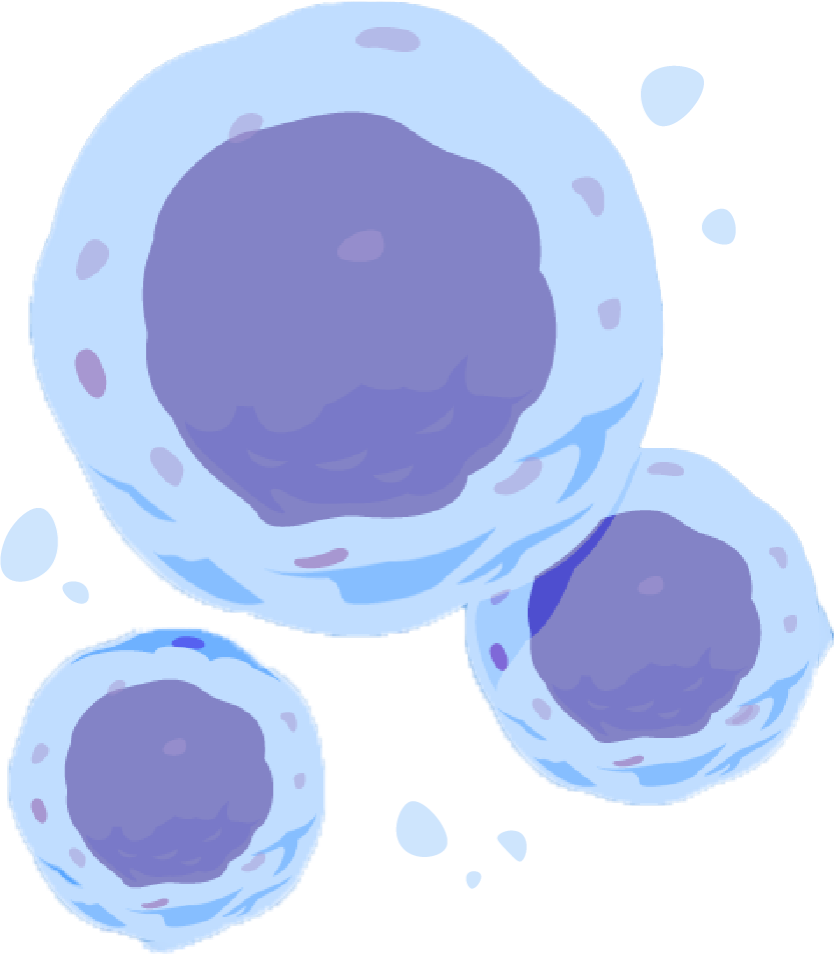01 Understanding Genetics and Your Body
Section 6
Understanding Genetic Disorders

Learning Goal
To understand the role of genetics in disease.
A genetic disease is a disorder entirely or partly caused by a change in a gene (variant or mutation). A genetic disorder can result from1:
- A change in one gene (monogenic disorder)
- Changes in multiple genes (multifactorial inheritance disorder)
- Changes in the number or structure of chromosomes and therefore, the number or structure of genes
As scientists learn more about the human genome, they are discovering that nearly all diseases have a genetic component. Some, like beta thalassemia, are caused by mutations that are inherited from an individual’s parents and are present at birth. Other diseases result from acquired variants in one or more genes that occur during a person’s life. Acquired variants (also known as somatic variants), by definition, are not inherited from a parent, but occur at random or arise from environmental or lifestyle factors, such as exposure to cigarette smoke.1
Some of the most common genetic diseases include cystic fibrosis, fragile X syndrome, hemophilia, Huntington disease, Duchenne muscular dystrophy (DMD), sickle cell disease, thalassemia, and Tay-Sachs disease.2
Tay-Sachs disease is an example of a genetic disorder resulting from a variant or mutation in a gene.3
- Tay-Sachs disease is caused by changes in the HEXA gene, which is responsible for instructing cells how to make an enzyme called beta-hexosaminidase-A
(Hex-A). - When there is a change in the HEXA gene, the body makes less of the Hex-A enzyme, or the enzyme may not function properly.
- Without a sufficient amount of the functional enzyme, there will be a buildup in the body of a substance called GM2 ganglioside, which the enzyme would otherwise break down.
- The buildup of this substance damages the neurons in the brain and spinal cord and causes the symptoms of Tay-Sachs disease.
Additional Interesting Fact
There may be as many as 7,000 rare diseases, most of which are thought to have a genetic component.4 Worldwide, the number of people living with a rare disease is about 400 million, including an estimated 30 million in the U.S. or about one in 10 Americans.5
Key Learnings
A genetic disease is a disorder entirely or partly caused by a variant in one or more genes. It can also result from changes in the number and structure of chromosomes.
Some genetic diseases are caused by inherited variants that are present at birth, whereas others result from acquired variants in one or more genes that occur during a person’s life.
Continue learning about genetics and your body in the next section
Section 7
Monogenic Disorders
To understand the causes of monogenic disorders and their impact on human health.
References
- Genetic disorders. National Human Genome Research Institute (NHGRI), National Institutes of Health, U.S. Department of Health and Human Services; 2018. https://www.genome.gov/For-Patients-and-Families/Genetic-Disorders. Accessed December 21, 2021.
- Ben-Senior L. 10 most common genetic diseases. Labroots; 2018. https://www.labroots.com/trending/infographics/8833/10-common-genetic-diseases. Accessed December 21, 2021.
- Tay Sachs disease. National Institute of Health National Center for Advancing Translational Sciences; 2015. https://rarediseases.info.nih.gov/diseases/7737/tay-sachs-disease/cases/50741. Accessed December 21, 2021.
- FAQs about rare diseases. Genetic and Rare Disease Information Center, National Center for Advancing Translational Sciences, National Institutes of Health, U.S. Department of Health and Human Services; 2021. https://rarediseases.info.nih.gov/diseases/pages/31/faqs-about-rare-diseases. Accessed December 21, 2021.
- RARE disease facts. Global Genes; 2021. https://globalgenes.org/rare-disease-facts/. Accessed December 21, 2021.